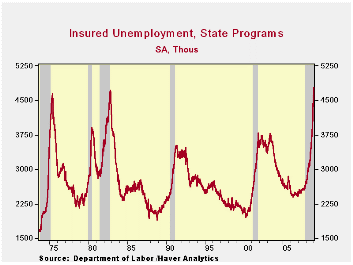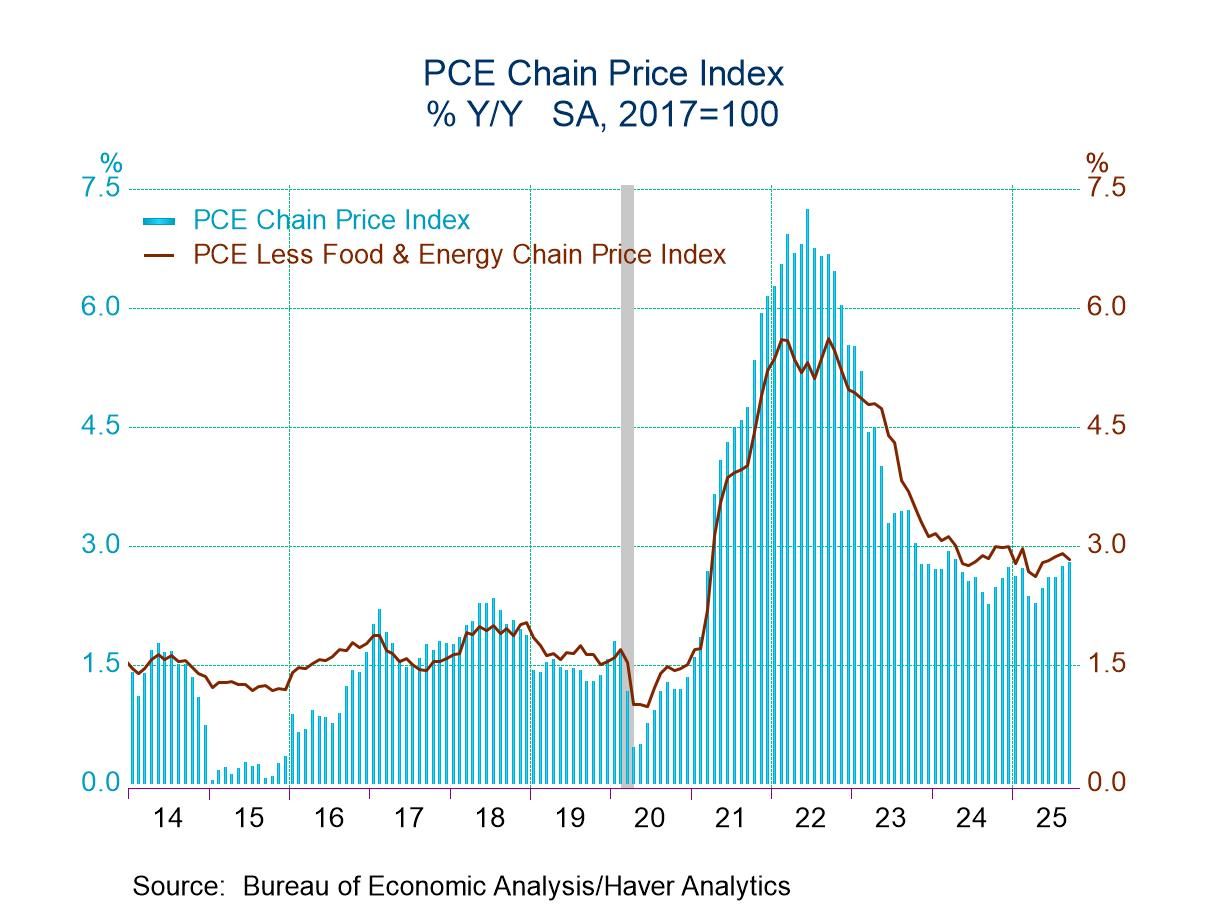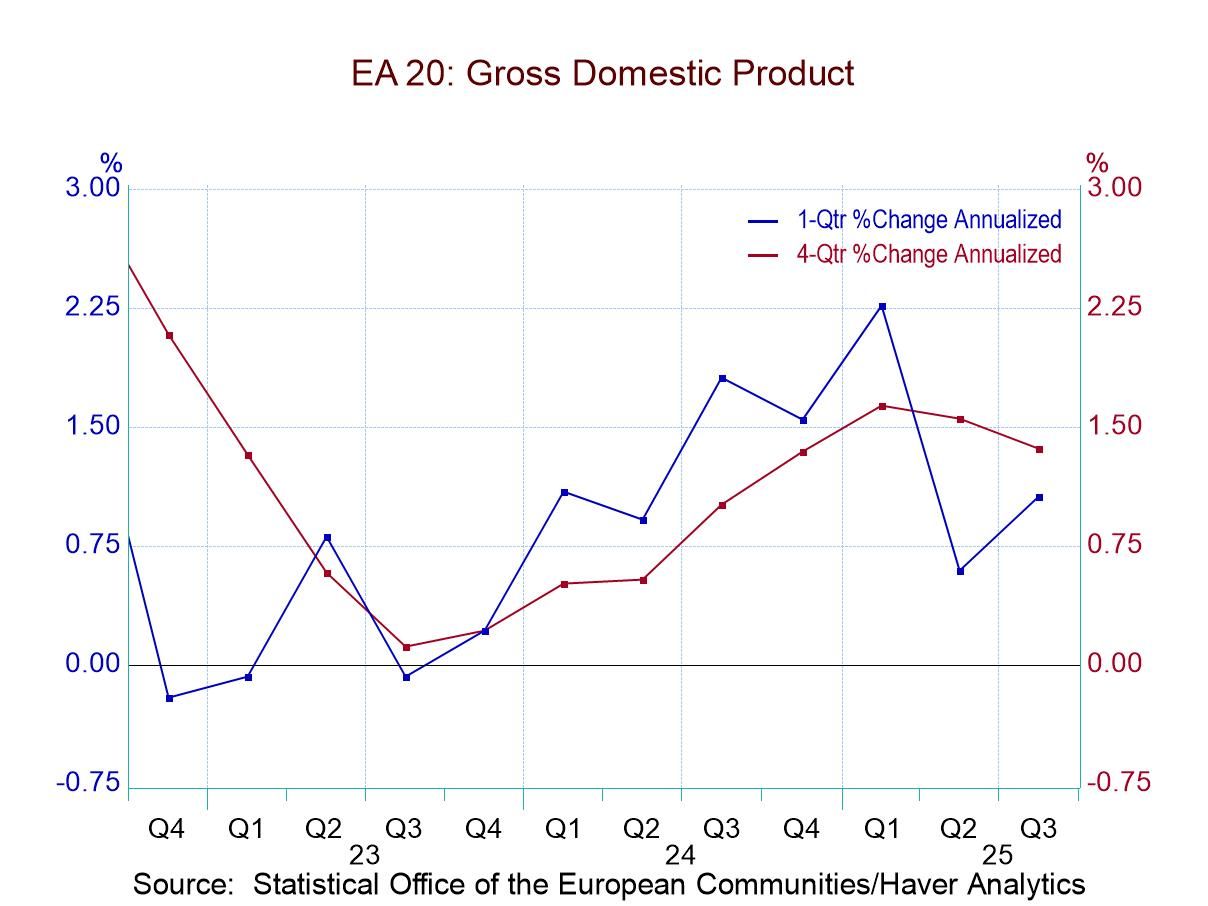 Global| Jan 29 2009
Global| Jan 29 2009U.S. Weekly Continuing Claims For Jobless Insurance At Record High
by:Tom Moeller
|in:Economy in Brief
Summary
The labor market remained under pressure last week as indicated by another rise in continuing claims for unemployment insurance. During the week of January 17 they rose 159,000 and that followed an upwardly revised 102,000 increase [...]

The labor market remained under pressure last week as indicated by another rise in continuing claims for unemployment insurance. During the week of January 17 they rose 159,000 and that followed an upwardly revised 102,000 increase during the prior period. To emphasize the labor market's weakness, the latest increase raised continuing claims above their 1982 high to a new record for the series which dates back to 1966. The four-week average of continuing claims rose 66,500 to 4,630,000. Continuing claims provide some indication of workers' ability to find employment and they lag the initial claims figures by one week.
Though the latest level of continuing claims was a record, the labor force has grown as well. Therefore, the insured rate of unemployment was not at a new high. It did, however, rise to 3.6%, the highest since 1983. The highest insured unemployment rates in the week ending January 10 were in Michigan (7.3 percent), Oregon (6.7), Idaho (6.5), South Carolina (6.0), Pennsylvania (5.8), Wisconsin (5.7), Indiana (5.5), Nevada (5.3), Montana (5.2), Puerto Rico (5.2), and Rhode Island (5.2).
Initial claims for unemployment insurance also pointed to severe labor market weakness with a 3,000 rise to 588,000 during last week. The prior week's gain was revised down slightly but the latest level surpassed Consensus expectations for 575,000 claims. It was the highest since late during the sharp recession of 1981-82. During that recession, real GDP fell by 2.9% peak-to-trough.
The Labor Department indicated that the largest increases in initial claims for the week ending January 17 were in Florida (+6,500), California (+1,826), Puerto Rico (+1,308), Texas (+537), and Massachusetts (+86), while the largest decreases were in Michigan (-33,365), North Carolina (-25,516), Georgia (-12,635), New York (-12,432), and Pennsylvania (-10,077).
World Growth Grinds to Virtual Halt, IMF Urges Decisive Global Policy Response. The report from the International Monetary Fund can be found here.
Behavior of Libor in the Current Financial Crisis from the Federal Reserve Bank of San Francisco can be found here.
| Unemployment Insurance (000s) | 01/24/09 | 01/17/09 | 01/10/09 | Y/Y | 2008 | 2007 | 2006 |
|---|---|---|---|---|---|---|---|
| Initial Claims | 588 | 585 | 527 | 60.7% | 420 | 321 | 313 |
| Continuing Claims | -- | 4,776 | 4,617 | 76.7% | 3,342 | 2,552 | 2,459 |
Tom Moeller
AuthorMore in Author Profile »Prior to joining Haver Analytics in 2000, Mr. Moeller worked as the Economist at Chancellor Capital Management from 1985 to 1999. There, he developed comprehensive economic forecasts and interpreted economic data for equity and fixed income portfolio managers. Also at Chancellor, Mr. Moeller worked as an equity analyst and was responsible for researching and rating companies in the economically sensitive automobile and housing industries for investment in Chancellor’s equity portfolio. Prior to joining Chancellor, Mr. Moeller was an Economist at Citibank from 1979 to 1984. He also analyzed pricing behavior in the metals industry for the Council on Wage and Price Stability in Washington, D.C. In 1999, Mr. Moeller received the award for most accurate forecast from the Forecasters' Club of New York. From 1990 to 1992 he was President of the New York Association for Business Economists. Mr. Moeller earned an M.B.A. in Finance from Fordham University, where he graduated in 1987. He holds a Bachelor of Arts in Economics from George Washington University.






